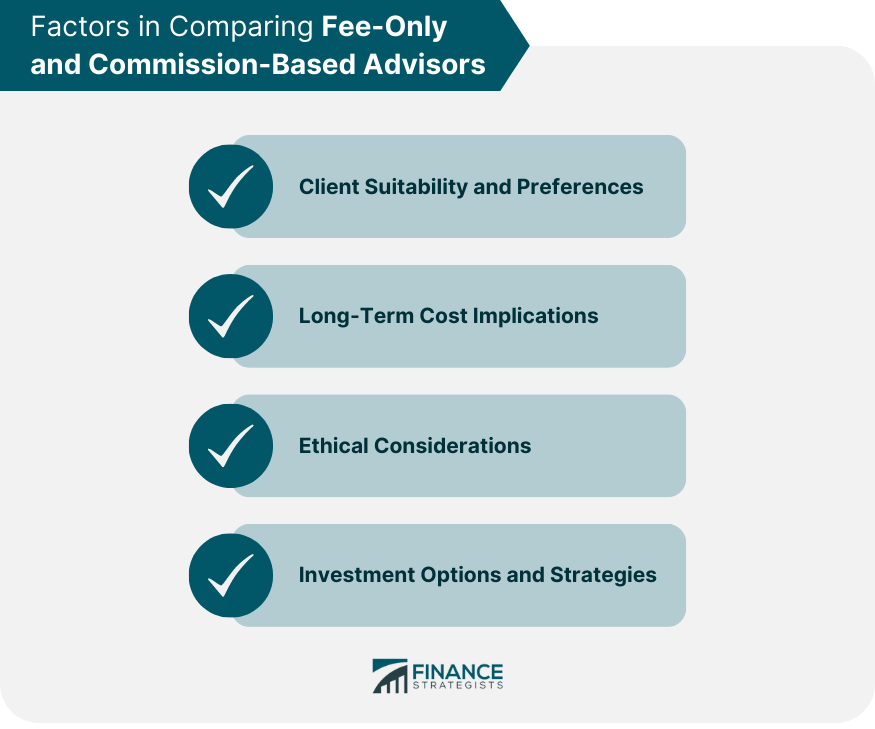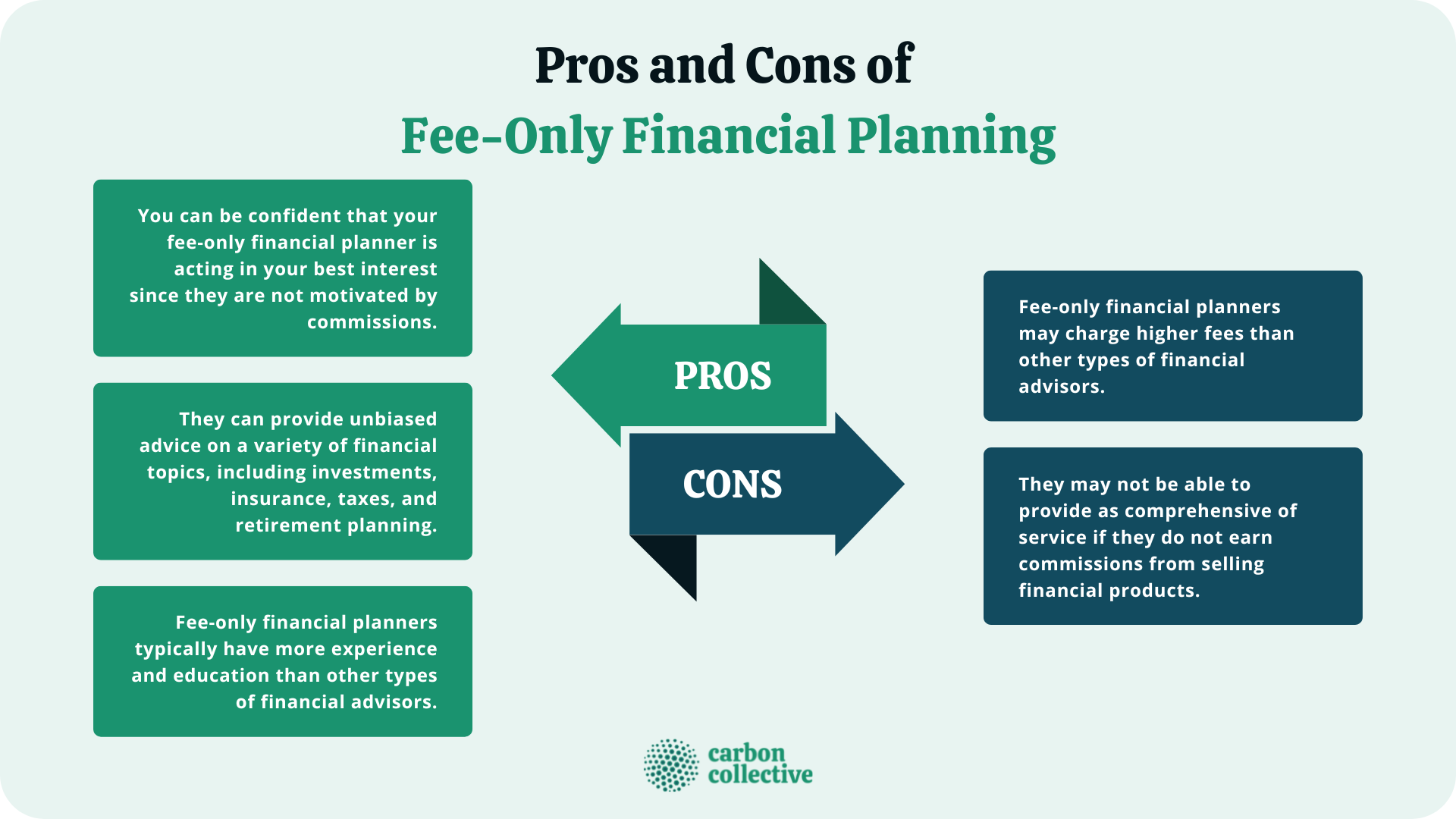Are you unsure about how financial advisors charge for their services? Whether it’s through a fee-only structure, a commission-based model, or a combination of both, understanding the payment methods can help you make an informed decision. At Financial Warrior, we believe in providing transparency and flexibility to our clients. Our experienced team is dedicated to guiding individuals like you in Pensacola, FL, towards achieving their financial goals. Reach out to us at (850) 478-9873 or visit our website at https://www.financial-warrior.com/ to find out more about our services and how we can assist you.
Fee-Only Services
Definition
Fee-only services refer to a model in which financial professionals charge clients a pre-determined fee for the services they provide. These fees are often based on a percentage of assets under management or an hourly rate. The key aspect of fee-only services is that the advisors do not receive any commissions or additional compensation from third-party companies for recommending specific financial products to their clients.
Advantages
One of the main advantages of fee-only services is the transparency it offers to clients. Since the advisors are not influenced by commissions, they can provide unbiased recommendations based solely on the client’s best interests. This fosters a higher level of trust between the advisor and the client, as the client knows that the advisor’s recommendations are driven solely by their financial goals.
Another advantage of fee-only services is the alignment of interests between the advisor and the client. Advisors are motivated to help their clients grow their assets and achieve their financial goals, as their compensation is directly tied to the client’s success. This creates a strong incentive for advisors to provide high-quality advice and personalized recommendations.
Disadvantages
One of the potential disadvantages of fee-only services is the cost. Since advisors charge a fee for their services, clients may find it more expensive compared to commission-based services. However, it is important to consider the value that fee-only advisors bring in terms of unbiased advice and personalized recommendations, which can often justify the higher fees.
Another disadvantage of fee-only services is that they may not be suitable for clients who require transaction-based services, such as trading stocks or buying insurance policies. In such cases, clients may need to seek additional services from other financial professionals, which can lead to coordination challenges and potentially higher costs.
Commission-Based Services
Definition
Commission-based services involve financial professionals who receive compensation in the form of commissions for the financial products they sell to clients. These commissions are typically a percentage of the total amount invested or the premiums paid by the client. The advisors earn their income through these commissions, which are paid by the companies that offer the financial products.

This image is property of www.financestrategists.com.
Advantages
One of the advantages of commission-based services is that clients may not have to pay upfront fees for the financial advice they receive. Instead, the advisor’s compensation is tied to the products they sell, which can make their services more accessible to clients with limited financial resources.
Commission-based services also provide opportunities for financial professionals to earn substantial income if they can effectively identify and sell financial products with high commission rates. This can be motivating for advisors who thrive on the challenge of sales and enjoy the potential for high earnings.
Disadvantages
A major disadvantage of commission-based services is the potential for conflicts of interest. When advisors receive commissions for selling specific financial products, there is a risk that their recommendations may be influenced by the potential for higher compensation, rather than solely focusing on what is in the client’s best interest. This can create a lack of transparency and trust in the client-advisor relationship.
Another disadvantage of commission-based services is the limited range of financial products that may be offered by advisors. Since their compensation is tied to the products they sell, advisors may prioritize selling products that offer higher commissions, which may not necessarily be the best options for their clients. This can potentially lead to a mismatch between the client’s financial needs and the products they are recommended.
Hybrid Models
Definition
Hybrid models, as the name suggests, combine elements of both fee-only and commission-based services. In this model, advisors may charge a fee for certain services, such as financial planning or asset management, while also receiving commissions for selling specific financial products. This allows advisors to diversify their income sources and offer a broader range of services to their clients.
Advantages
One advantage of hybrid models is the flexibility they provide to financial professionals. By offering both fee-based and commission-based services, advisors can cater to a wider range of client needs and preferences. This can be especially beneficial for clients who require transaction-based services, as advisors can provide those services while also offering fee-based advice for comprehensive financial planning.
Hybrid models also allow advisors to supplement their income through commissions while still providing clients with the benefits of fee-only services. This can be a win-win situation, as the advisor can derive additional income from commissions while still maintaining transparency and focusing on the client’s best interests.

This image is property of betterproposals.io.
Disadvantages
A potential disadvantage of hybrid models is the challenge of managing potential conflicts of interest. Advisors must ensure that their recommendations are driven by the client’s best interests and not by the desire to earn higher commissions. This requires strong ethical standards and transparent communication with clients to build and maintain trust.
Another disadvantage of hybrid models is the complexity they can introduce to the pricing structure. Clients may find it challenging to understand and compare the various fees and commissions associated with different services. Advisors must be diligent in explaining the pricing structure clearly to ensure transparency and avoid any misunderstandings.
Factors to Consider
Type of Service
When deciding on a pricing structure, it is essential to consider the type of service you plan to offer. Different services may require different pricing models to align with the value provided. For example, hourly-based services may be better suited for specific consultations, while fees based on assets under management may be more appropriate for ongoing investment management.
Client Preferences
Understanding your target clients’ preferences is crucial in determining the most suitable pricing structure. Some clients may prefer fee-only services, valuing the transparency and unbiased advice it offers, while others may be more comfortable with commission-based services, as they are not required to pay upfront fees.
Income Stability
Consider your income stability when deciding on a pricing structure. Fee-only models typically provide a more consistent income stream, while commission-based models may offer the potential for higher earnings but come with the risk of fluctuating income.

This image is property of www.carboncollective.co.
Ethical Considerations
Ethical considerations should always be at the forefront when setting your pricing structure. Regardless of the model chosen, it is essential to prioritize the client’s best interests and maintain transparency in all financial recommendations and transactions.
Setting Your Pricing Structure
Determining Costs
Before setting your pricing structure, it is crucial to have a clear understanding of your costs. Consider your overhead expenses, including rent, technology, licensing fees, and other relevant costs. Determine how much income you need to cover these expenses and generate a reasonable profit.
Analyzing Market Rates
Research and analyze the market rates for similar financial services in your area. This will give you a benchmark to compare and ensure that your pricing is competitive. Consider factors such as experience, qualifications, and the range of services when assessing market rates.
Competitive Pricing
While it is important to be mindful of market rates, it is also essential to consider your unique value proposition. Determine how your services differentiate from your competitors and adjust your pricing structure accordingly. Offer a balance between competitive pricing and the value you provide to clients.

This image is property of spotio.com.
Balancing Profitability and Client Satisfaction
When setting your pricing structure, it is crucial to strike a balance between profitability and client satisfaction. Consider the value you provide to clients and how it justifies your fees. Aim for a pricing structure that allows you to generate a reasonable profit while ensuring your clients receive the quality of service they expect.
Fee-Only vs Commission-Based: Pros and Cons
Clarity in Compensation
Fee-only services provide clarity in compensation for both advisors and clients. Clients know exactly how much they will pay for the services they receive, while advisors have a transparent income structure. Commission-based services, on the other hand, may create a lack of clarity as clients might not fully understand how advisors are compensated.
Conflict of Interest
Fee-only services minimize conflicts of interest as advisors are not influenced by commissions. This allows them to provide unbiased advice and recommendations that solely align with the client’s best interests. Commission-based services have a higher risk of conflicts of interest, as advisors may be driven by the potential for higher compensation when recommending financial products.
Client Trust
Fee-only services often foster higher levels of trust between advisors and clients. Clients appreciate the transparency and unbiased nature of fee-only advice, which helps build a strong, long-lasting relationship based on trust. Commission-based services may face challenges in building the same level of trust, as clients may question the motivations behind the recommendations provided.

This image is property of betterproposals.io.
Flexible Payment Options
Fee-only services typically offer more flexibility in payment options. Clients can choose to pay upfront fees or opt for a fee structure that aligns with their financial situation. Commission-based services may be more limited in payment options, as the compensation is tied to the purchase of specific financial products.
Choosing the Right Model for Your Business
Target Market
Consider your target market when choosing the right model for your business. Different client segments may have distinct preferences and needs when it comes to financial services. Analyze their demographics, financial goals, and preferences to determine which model will best resonate with your target market.
Scope of Services
The scope of services you plan to offer is another key factor in determining the right model for your business. Consider whether your services are primarily transaction-based or if they involve comprehensive financial planning and ongoing asset management. This will influence which pricing structure aligns best with the services you provide.
Level of Expertise
Your level of expertise and qualifications should also be taken into account. Fee-only models typically require a higher level of expertise and specialization, as clients expect to receive comprehensive financial advice. Commission-based models may be more suitable for advisors who specialize in specific financial products and have expertise in sales and marketing.
Business Goals
Lastly, consider your business goals when choosing the pricing model. Are you looking to build a long-term relationship with clients and prioritize trust and transparency? Or are you aiming to maximize your income potential through commission-based sales? Aligning your pricing structure with your business goals will help you make the right decision.
Regulatory Considerations
Compliance with Laws and Regulations
When setting your pricing structure, it is crucial to ensure compliance with all applicable laws and regulations. Familiarize yourself with the legal requirements for your specific financial services and consult with legal professionals if needed.
Disclosure Requirements
Be aware of the disclosure requirements related to compensation and pricing structures. Both fee-only and commission-based advisors are typically required to provide clients with clear and transparent information about the fees they charge and the potential conflicts of interest that may arise.
Potential Changes in Legislation
Stay informed about potential changes in legislation that may impact your pricing structure. Financial regulations can evolve, and it is essential to adapt your business practices accordingly to remain compliant and meet the changing needs of your clients.
Communication and Transparency
Educating Clients
To ensure transparency in your pricing structure, educate your clients about the various pricing models and their implications. Provide clear explanations of how your fees are determined and the value clients can expect to receive in return for those fees.
Explaining Pricing Structure
Take the time to explain your pricing structure to clients in a way that is easy to understand. Break down the fees or commissions involved and provide examples to illustrate how they apply to specific services. This will help clients make informed decisions and feel confident about the value they are receiving.
Providing Detailed Invoices
Provide detailed invoices to clients that clearly outline the services provided and the associated fees or commissions. This will help clients understand what they are paying for and ensure transparency in your billing practices.
Addressing Client Concerns
Be prepared to address any concerns or questions that clients may have about your pricing structure. Emphasize your commitment to their best interests and explain how your fees align with the value and benefits they receive as your clients. Addressing concerns proactively will help build trust and strengthen your client relationships.
Evaluating the Effectiveness of Your Pricing Structure
Client Satisfaction Surveys
Conduct client satisfaction surveys to gather feedback on your pricing structure and overall service experience. Ask clients about their perception of value for the fees they pay and whether they feel it aligns with the benefits they receive. Use this feedback to make improvements and refine your pricing structure if necessary.
Revenue Analysis
Regularly analyze your revenue and profitability to assess the effectiveness of your pricing structure. Monitor your income streams from different services and evaluate whether your fees or commissions adequately compensate you for the time, effort, and resources you invest in delivering those services.
Adjustment Strategies
Be open to adjusting your pricing structure based on the feedback and analysis you receive. Consider implementing changes if you identify areas for improvement or if market conditions or client preferences change over time. Being adaptive and responsive to client needs will help you maintain a competitive edge in the industry.
In conclusion, the choice between fee-only, commission-based, or hybrid models for your financial services business requires careful consideration of various factors. Assessing the advantages, disadvantages, client preferences, and ethical considerations will help you determine the most suitable pricing structure. By effectively communicating with your clients, ensuring transparency, and evaluating the effectiveness of your pricing structure, you can build trust, achieve client satisfaction, and foster long-term relationships that benefit both your business and your clients’ financial well-being.




